Product Support
Torch instruction manuals and usage guides
User Manuals
Cycle Lights
Hand Torches
Headlights
Home Lighting
Inspection Lights
Lanterns
CONTACT US
If you have any difficulty in sourcing a Lighthouse product or if you have any comments on the Lighthouse range of products, we shall be pleased to hear from you.
Lighthouse Torches, Phoenix House, 3 White Lodge Business Estate, Hall Road, Norwich, Norfolk, NR4 6DG, United Kingdom
Faulty Products
Please return faulty products to the place of purchase, who will replace the item.
SAFETY WARNING!
- Do not look directly into the torch beam
- Do not shine torch directly in the face of others.
- Do not allow children to use torch unless under the supervision of an adult.
Battery Warning Information
- Do not mix new and used batteries
- Do not mix alkaline standard (carbon-zinc) or rechargeable batteries
- Only the recommended batteries, or their equivalents (volts and size) should be used
- When installing new batteries in the battery compartment, ensure that the batteries are placed as marked (+) (-)
- Always remove exhausted batteries from the product immediately
- Do not dispose of batteries in a fire, batteries may explode or leak
- Do not short-circuit battery terminals
- Do not attempt to recharge non-rechargeable batteries
- Do not allow any part to come into contact with the batteries or wiring
A Guide to Lithium-ion Battery Packs Charging and Maintenance
Understanding and following a few simple rules will help ensure that you receive the best possible performance from rechargeable lithium-ion batteries.
BATTERY LIFE
There are many variables that have an effect on a batteries working life and performance, storage temperature, charging routines and method of use all play their part. The estimated life of a lithium-ion battery is approximately two to three years, from the date of manufacture provided that it is maintained correctly.
All battery packs will deteriorate even if they are sitting on a shelf unused and have a finite life span due to their internal chemistry. Using a battery less will not increase or improve the battery packs life expectancy.
A battery may fail within is allotted life span due to heavy use or unfavourable temperature conditions, however most packs last considerably longer than the date stamp indicates. Battery packs do not die suddenly, but the runtime will gradually reduce as the battery ages and their capacity fades.
CHARGING
It is not necessary to perform a full charge and discharge cycle when the battery is first used and you can recharge or top up the battery at any time. These batteries do not suffer from lazy or battery memory effect (Voltage Depression) caused by partial charging which can afflict nickel-cadmium and nickel–metal hydride products which causes them to hold less charge.
Lithium-ion batteries respond well to shallow discharge and recharge cycle as these apply less stress on the battery helping to improve its working life, this type of charging regime is largely regarded as better for the battery than a full discharge and recharge cycle.
Best performance can be achieved by recharging the battery when it has been discharged by approximately 50% and then topping it up. While you're charging you should also avoid pushing a lithium-ion battery all the way to a 100 percent charge.
Always use the charging adaptor supplied with the product to ensure the correct recharge rate (Volts and Milliamps) is applied.
MAINTENANCE AND STORAGE
All batteries including lithium-ion require regular maintenance charges, if they are to be stored for a prolonged period without use. A maintenance charge protects the battery from over discharging which can cause the battery to shut down and helps to prolong its working life and ensure the product is always ready for use.
If a battery is to be left unused for any period of time it should ideally be stored at a charge capacity of approximately 40 to 50% to help ensure a long working life. If in doubt, keep the battery at a higher charge in a cool place. The worst situation is keeping a fully charged battery at elevated temperatures.
BATTERY SAFETY AND OVER DISCHARGING
Lithium-ion batteries contain a protection circuit that shields the battery against abuse such as overcharging, caused by leaving the battery on charge while at maximum capacity, this can cause batteries to explode. This important safeguard will also turn the battery off and make it unusable if it is over-discharged as the battery will slip into a sleep mode. This can happen if a lithium-ion pack is stored in a discharged state for any length of time as the natural self-discharge will gradually deplete the remaining battery charge. If the batteries voltage is allowed to fall below 2.2 volts it will become over-discharged and will result in a progressive breakdown of the electrode materials. The self-discharge rate is approximately 10% per month. There are other causes for battery failure but this is the most common.
DO NOT
- Attempt to disassemble or modify this battery.
- Use the battery if it shows signs of a leak, change of colour, shape or any other changes in appearance.
- Burn or expose to high temperature.
- Short circuit the battery.
WEEE DIRECTIVE & BATTERY DISPOSAL
This battery should not be disposed of along with household waste, buried or burnt. Please dispose of this battery at an appropriate collection point.
RECHARGEABLE PRODUCTS AND BATTERIES WARRANTY CLAIMS
Rechargeable battery life depends on many factors and the cells can become easily damaged, dependent on environmental and storage conditions.
Please note: Your product is guaranteed from defect for a period of 1 year, this excludes the battery which is covered for 90 days from the date of purchase, if you notice the running or charge times decreasing this is normal over the lifetime of the battery and is classed as fair wear and tear.
There will be some items within our range which will be non-serviceable but, in most cases we can supply replacement batteries for our products.
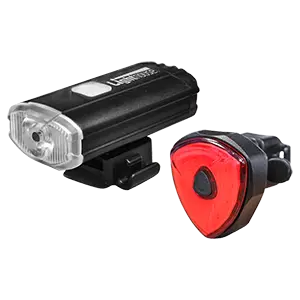 L/HEBIKEFRR
L/HEBIKEFRR 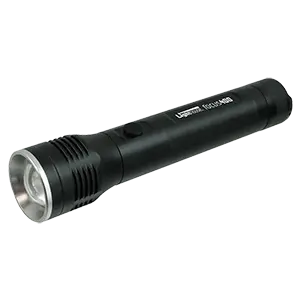 L/HEFOC400
L/HEFOC400 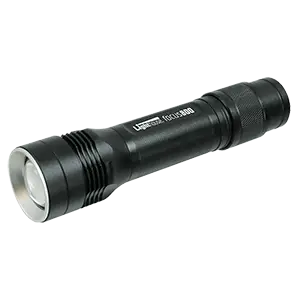 L/HEFOC800
L/HEFOC800  L/H3LEDPULL
L/H3LEDPULL  L/H3LEDSOLAR
L/H3LEDSOLAR  L/H3LEDWIND
L/H3LEDWIND 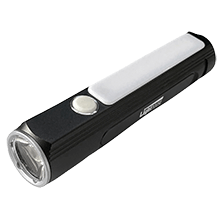 L/HEBOOSTR
L/HEBOOSTR  L/HEXPLOR120
L/HEXPLOR120  L/HEXPLOR150
L/HEXPLOR150  L/HEXPLOR500
L/HEXPLOR500  L/HEXPLOR600
L/HEXPLOR600 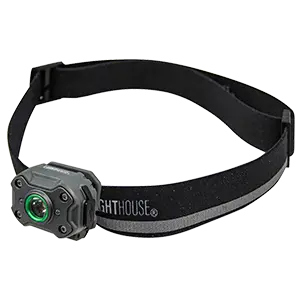 L/HA40HR
L/HA40HR 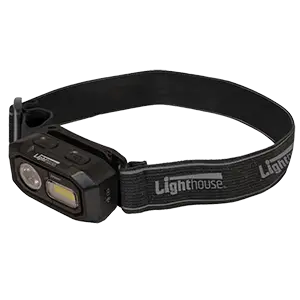 L/HEHEAD300R
L/HEHEAD300R  L/HEHEAD350R
L/HEHEAD350R 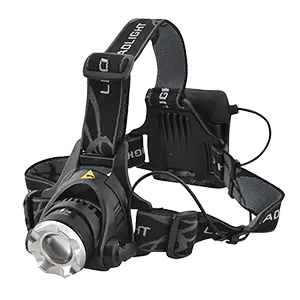 L/HEHEADZOOM
L/HEHEADZOOM 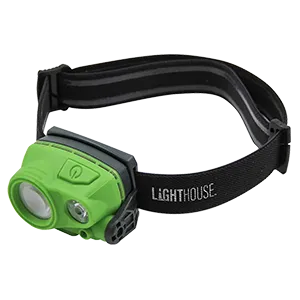 L/HT40HR
L/HT40HR  L/HEHAWKHEAD
L/HEHAWKHEAD 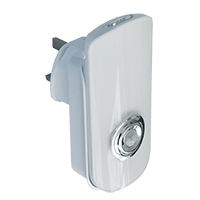 L/HESENSOR
L/HESENSOR  L/HLEDAUTO
L/HLEDAUTO 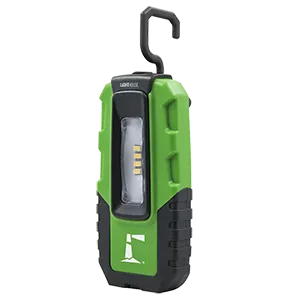 L-HT30R.jpg
L-HT30R.jpg 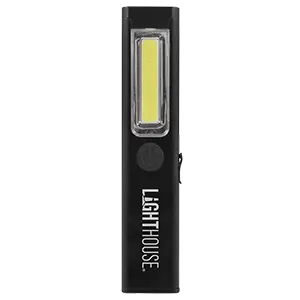 L/HEMINI200R
L/HEMINI200R 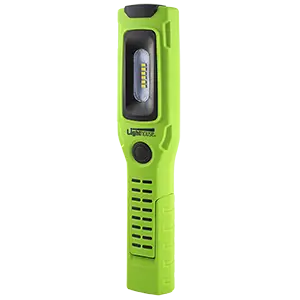 L/HETECH600R
L/HETECH600R 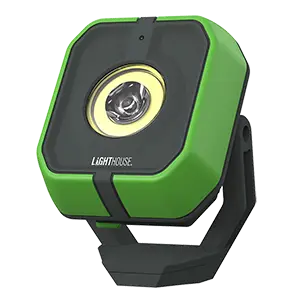 L/HT100CR
L/HT100CR 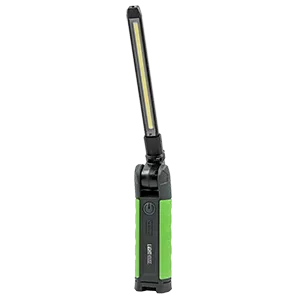 L/HT100FR
L/HT100FR 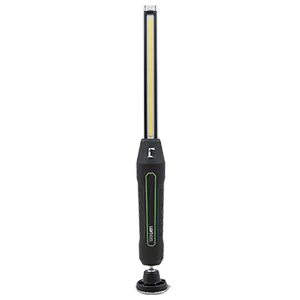 L/HT100WR
L/HT100WR 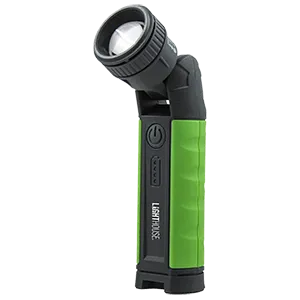 L/HT100ZR
L/HT100ZR 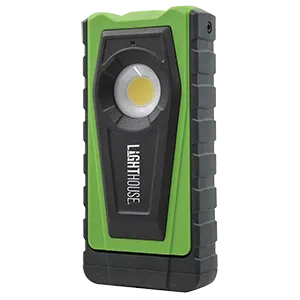 L/HT120R
L/HT120R 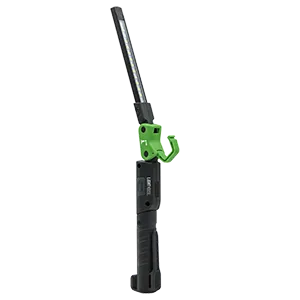 L/HT40FR
L/HT40FR  L/H30LEDEXT
L/H30LEDEXT 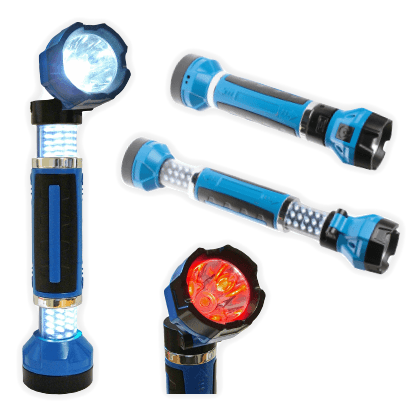 L/H30LEDEXT2
L/H30LEDEXT2  L/H30LEDLAMP
L/H30LEDLAMP 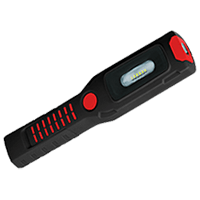 L/HETECH300R
L/HETECH300R  L/H12LEDCAMP
L/H12LEDCAMP  L/H9LEDHAL
L/H9LEDHAL  L/HBOLT
L/HBOLT 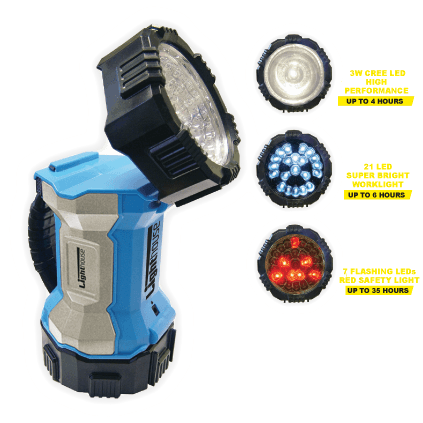 L/HBOLT3W
L/HBOLT3W  L/HBOLTMEGA
L/HBOLTMEGA  L/HENOVA10W
L/HENOVA10W  L/HENOVA10WB
L/HENOVA10WB  L/HENOVA3W
L/HENOVA3W  L/HHALSPOT
L/HHALSPOT  L/HHALSPOT1
L/HHALSPOT1